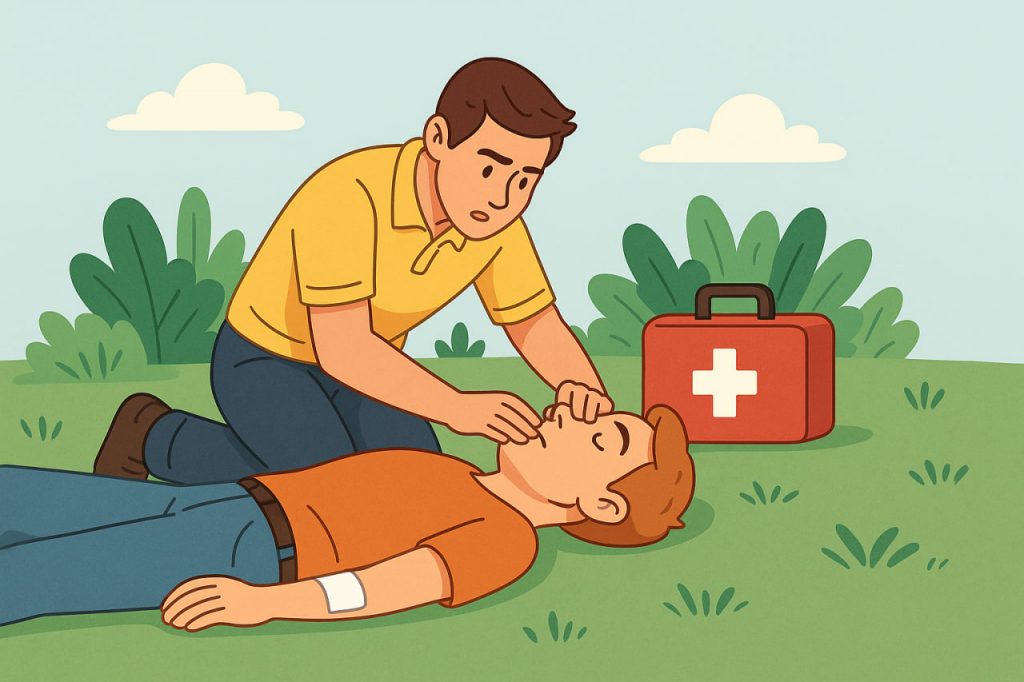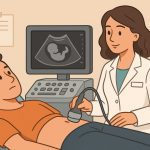First aid is the immediate care given to someone who is injured or suddenly ill before professional medical help arrives. Quick and correct actions can save lives, reduce complications, and speed up recovery. Everyone should know the basics of first aid, as emergencies can happen anytime and anywhere.
General Principles of First Aid
Before helping, ensure the scene is safe for both you and the victim. Avoid fire, traffic, or other hazards. Call emergency services if the situation is serious. Stay calm, reassure the injured person, and act quickly but carefully. Always try to use protective barriers such as gloves to reduce the risk of infection when in contact with blood or body fluids.
Airway, Breathing, and Circulation (ABC Rule)
The first priority is to check vital functions:
- Airway – make sure the airway is clear. Tilt the head back and lift the chin if necessary.
- Breathing – check if the person is breathing normally. If not, start rescue breaths.
- Circulation – look for a pulse or signs of circulation. If absent, begin chest compressions immediately.
This sequence ensures oxygen supply to the brain and vital organs.
Bleeding and Wounds
If the victim is bleeding, apply firm pressure with a clean cloth or bandage. Elevate the injured limb above heart level if possible. Do not remove objects stuck in the wound—stabilize them instead until medical help arrives. For minor cuts, clean the wound with water, apply antiseptic, and cover with a sterile bandage.
Fractures, Sprains, and Burns
- For suspected fractures, immobilize the injured area and avoid unnecessary movement.
- For sprains, apply a cold compress to reduce swelling.
- For burns, cool the affected area with clean, cool water (not ice) for at least 10 minutes. Cover the burn with a sterile, non-stick dressing. Never apply oils, butter, or toothpaste.
Unconscious Victim
If the injured person is unconscious but breathing, place them in the recovery position—lying on their side with the airway kept open. This prevents choking on the tongue or vomit. Continue monitoring breathing until medical help arrives.
When to Call for Emergency Help
Always call emergency services if the person has:
- Severe bleeding.
- Difficulty breathing.
- Loss of consciousness.
- Suspected head, neck, or spine injury.
- Chest pain or signs of heart attack.
Conclusion
Providing first aid means acting quickly, calmly, and efficiently to stabilize the injured person until professionals arrive. By following basic principles—ensuring safety, checking vital signs, controlling bleeding, and preventing further harm—you can save lives and reduce the severity of injuries. Basic first aid knowledge is an essential skill for everyone.
Glossary
- First aid – immediate assistance given to an injured or ill person before medical care.
- Airway – the passage that allows air to enter the lungs.
- Circulation – the movement of blood through the heart and vessels.
- Recovery position – a safe side-lying position that maintains an open airway in an unconscious person.
- Immobilize – to keep a body part still to prevent further injury.


